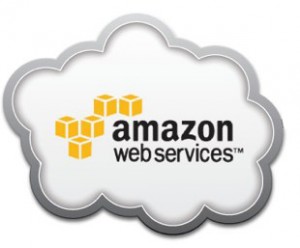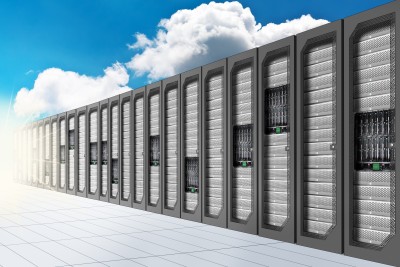Erin Harrison| Blouinnews
If you are new to the term “cloud computing” then you are likely even greener to the concept of “hybrid cloud computing.” Cloud computing, as defined by research firm Gartner, is a style of computing in which scalable and elastic IT-enabled capabilities are delivered as a service using internet technologies.
On the other hand, “hybrid cloud computing” – which is a mix of public and private cloud models – refers to policy-based and coordinated service provisioning, use and management across a mixture of internal and external cloud services.
Hybrid cloud is gaining traction in the public sector and beyond. During a recent federal cloud conference in Washington, D.C., a Gartner analyst suggested that CIOs need to take a more strategic approach to cloud that includes strong consideration of the agency’s mission. Citing figures from a recent Gartner study, David Cearley, a fellow and vice president with the group, said decision makers are growing more comfortable with public and hybrid cloud models, and are shifting away from purely private clouds. In fact, 70% of federal CIOs reported they will pursue a hybrid cloud strategy in the near future.
A hybrid IT approach can help federal agencies meet business objectives while tapping into the transformative potential of social, mobile and the information insights to be derived from big data, Cearley said.
Further proof that enterprise IT is continuing to embrace a hybrid approach to computing: At the TechEd conference in New Orleans on June 3, tech giant Microsoft announced the upcoming releases of its enterprise IT solutions for hybrid cloud, which include Windows Server 2012 R2, System Center 2012 R2 and SQL Server 2014.
Microsoft officials said the products, which will be available in preview later this month, “break down boundaries” between customer data centers, service provider data centers and Windows Azure. By using them, enterprises can make IT services and applications available across clouds and scale them up or down according to business needs, according to Brad Anderson, Microsoft Server & Tools corporate vice president.
“The products and services introduced today illustrate how Microsoft is the company that businesses can bet on as they embrace cloud computing, deliver critical applications, and empower employee productivity in new and exciting ways,” Anderson said.
So why exactly is hybrid cloud computing useful?
“It allows you to extend either the capacity or the capability of a cloud service, by aggregation, integration or customization with another cloud service,” explained Gartner analyst Thomas Bittman.
Hybrid cloud, given its flexible nature, also allows for greater experimenting in terms of figuring out what data or applications are best served in the cloud, and from a security standpoint, gives companies more peace of mind since they are combining both on- and off-premise resources. 68% of organizations will turn to a hybrid cloud consumption model in the next two years, an increase of nearly 20% from this year, according to research commissioned by Microsoft and conducted by 451 Research.
While many enterprises with their own IT resources show a preference – and have the financial means – for building out their own private cloud, more organizations are finding that a hybrid model makes the most sense for the IT needs since it blends the best of both worlds. In addition, those services don’t have to come from a single vendor, and therefore, are hybridized by a cloud services brokerage or managed service provider. More on that next time.













